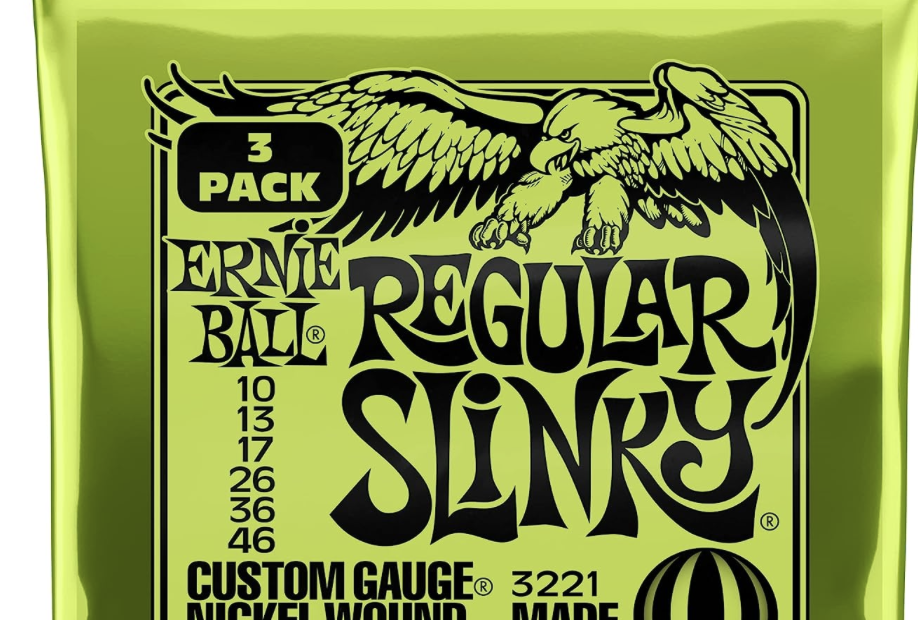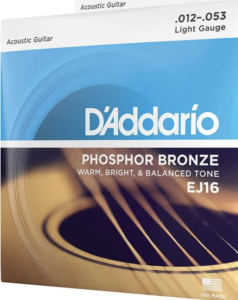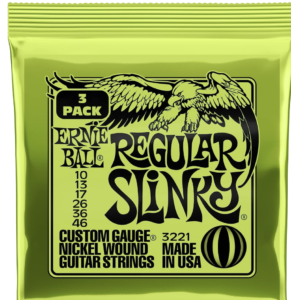Why changing Guitar Strings?
Changing guitar strings is an important aspect of guitar maintenance, and it offers several benefits to the instrument and the player. Here are some key reasons why changing guitar strings is important:
Tone Improvement:
- Over time, guitar strings accumulate dirt, sweat, and oils from your fingers. This buildup can affect the clarity and brightness of the strings, resulting in a duller tone. Changing strings regularly helps maintain a clear and vibrant sound, ensuring that your guitar produces the best possible tone.
Sustain and Resonance:
- Old and worn-out strings may have reduced sustain and resonance. Fresh strings vibrate more freely, allowing for longer sustain and enhanced resonance. This contributes to a richer and more dynamic sound.
Playability:
- New strings generally have a smoother feel, making them more comfortable to play. The surface of old strings can become rough due to corrosion and wear, leading to a less enjoyable playing experience. Changing strings improves the playability of the guitar, facilitating smoother fretting and bending.
Intonation:
- Intonation refers to the accuracy of the pitch of each note across the fretboard. Old strings can cause intonation issues, making certain notes sound out of tune. Changing strings helps maintain proper intonation, ensuring that your guitar plays in tune throughout the fretboard.
Prevention of Breakage:
- As strings age, they become more prone to breakage. Playing with old, worn-out strings increases the risk of a string snapping, potentially causing injury and damaging the guitar. Regularly changing strings helps prevent unexpected breakages, ensuring a safer playing experience.
Consistency:
- Fresh strings provide a consistent and reliable tone. If you’re recording or performing, having consistent string quality is crucial for achieving the desired sound. Changing strings before important gigs or recording sessions ensures that you have a reliable and predictable tone.
String Flexibility:
- New strings are more flexible and responsive, making it easier to execute techniques such as bends and vibrato. The increased flexibility enhances the expressiveness of your playing and allows for greater control over dynamics.
Aesthetic Appeal:
- Old strings can look dull and discolored, affecting the overall appearance of your guitar. Changing strings not only improves the sound but also enhances the aesthetic appeal of the instrument, giving it a fresh and well-maintained look.
Extended Lifespan of the Guitar:
- Regular maintenance, including changing strings, contributes to the overall health and longevity of your guitar. By preventing the accumulation of dirt and corrosion, you can help extend the lifespan of the guitar’s hardware, including the frets, bridge, and tuning machines.
 Some of the Best Guitar Strings
Some of the Best Guitar Strings
The choice of acoustic guitar strings can significantly impact the instrument’s tone, playability, and overall performance. The “best” strings can vary based on personal preferences, playing style, and the sound you’re seeking. Here are some popular and well-regarded acoustic guitar string brands that are often considered among the best:
Elixir:
- Elixir is known for its coated strings, which feature a thin layer of coating to protect against corrosion and extend the life of the strings. They are praised for their bright tone and longevity.
D’Addario:
- D’Addario offers a wide range of acoustic guitar strings, including the popular Phosphor Bronze and 80/20 Bronze series. Their strings are known for their balanced tone and durability.
Martin:
- Martin strings are widely used and praised for their quality. The Martin SP series and Authentic Acoustic series are popular choices, known for their rich tone and consistency.
Ernie Ball Earthwood:
- Ernie Ball’s Earthwood series is known for its warm and mellow tone. They offer a variety of options, including 80/20 Bronze and Phosphor Bronze, catering to different player preferences.
John Pearse:
- John Pearse strings are favored for their handmade quality. They offer a range of acoustic strings with different alloys, providing options for various playing styles.
Dunlop Acoustic:
- Dunlop’s acoustic strings, such as the Phosphor Bronze series, are known for their balanced tone and durability. They are a popular choice among acoustic guitar players.
GHS:
- GHS produces a variety of acoustic guitar strings, including the Vintage Bronze series and the Bright Bronze series. These strings are appreciated for their bright and clear tone.
Guild:
- Guild strings, manufactured by D’Addario, are designed to complement Guild guitars. They are known for their consistency and balanced tone.
Cleartone:
- Cleartone is another brand that produces coated strings. Their treated strings are designed to resist corrosion while maintaining a natural tone.
Curt Mangan:
- Curt Mangan strings are handmade, and they are known for their attention to detail and quality. They offer a variety of acoustic guitar strings with different materials and gauges.


